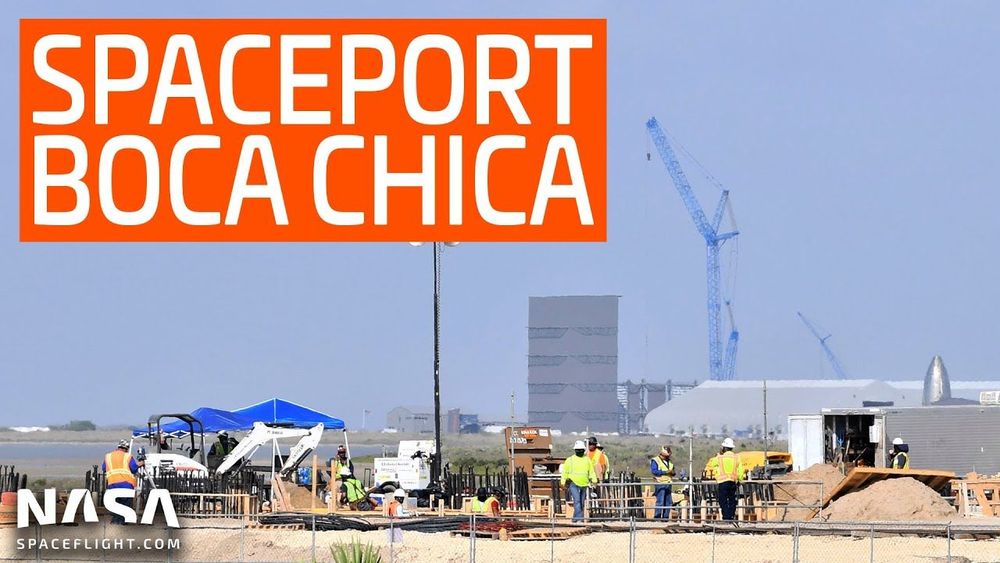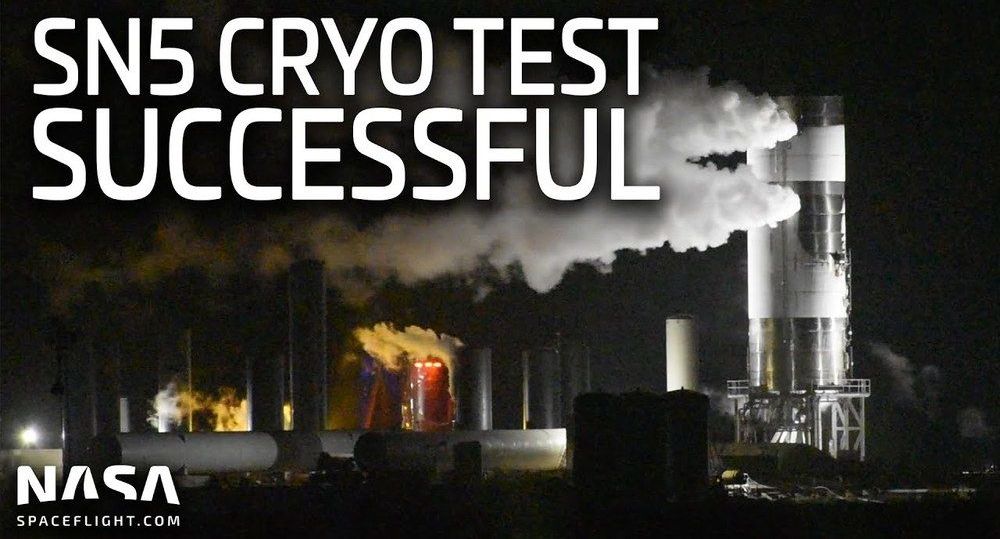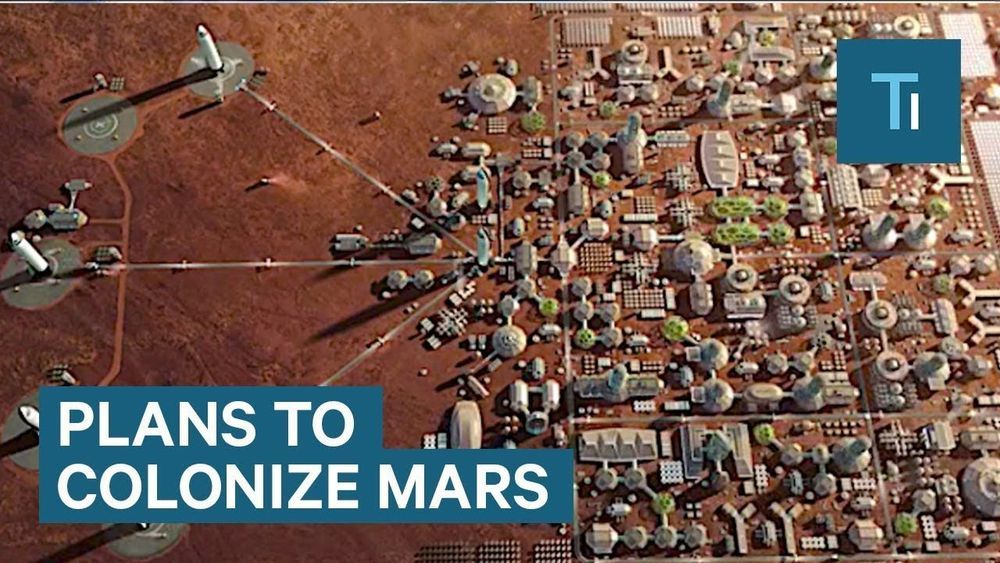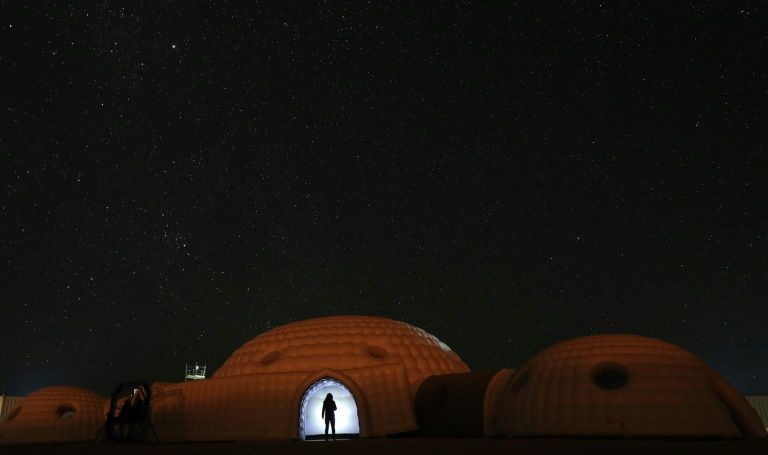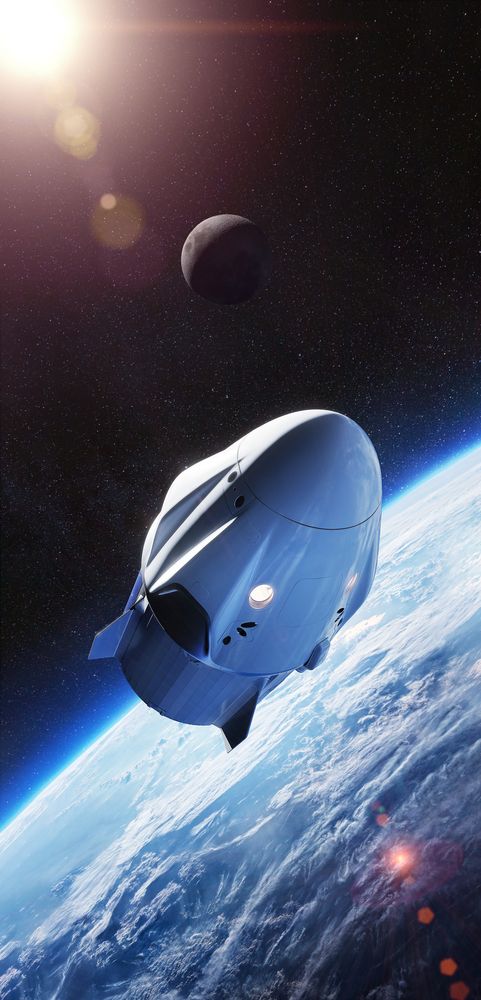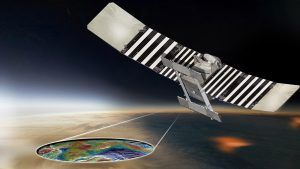Jul 19, 2020
A startup is building a balloon to transport tourists to the ‘edge of space’ for $125,000. See what the Spaceship Neptune may look like
Posted by Amberley Levine in categories: robotics/AI, space travel
It’s first uncrewed flight will take place early 2021 and it is set to launch from NASA’s Kennedy Space Center’s Shuttle Landing Facility in Florida.
Space Perspective is building a balloon that will be able to transport passengers and research equipment to the “edge of space.”
There are several companies looking to enter the emerging “space tourism” marketplace, but Space Perspective sets itself apart with its balloon design, named Spaceship Neptune. This balloon will accompany a pressurized and spacious cabin, creating a comfortable traveling experience for its passengers, according to its maker.

